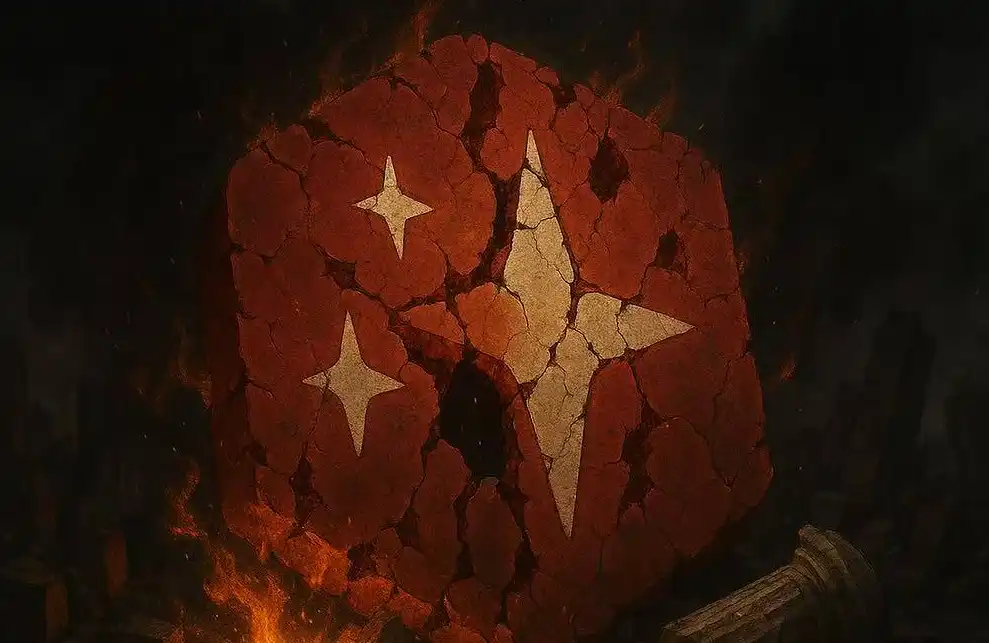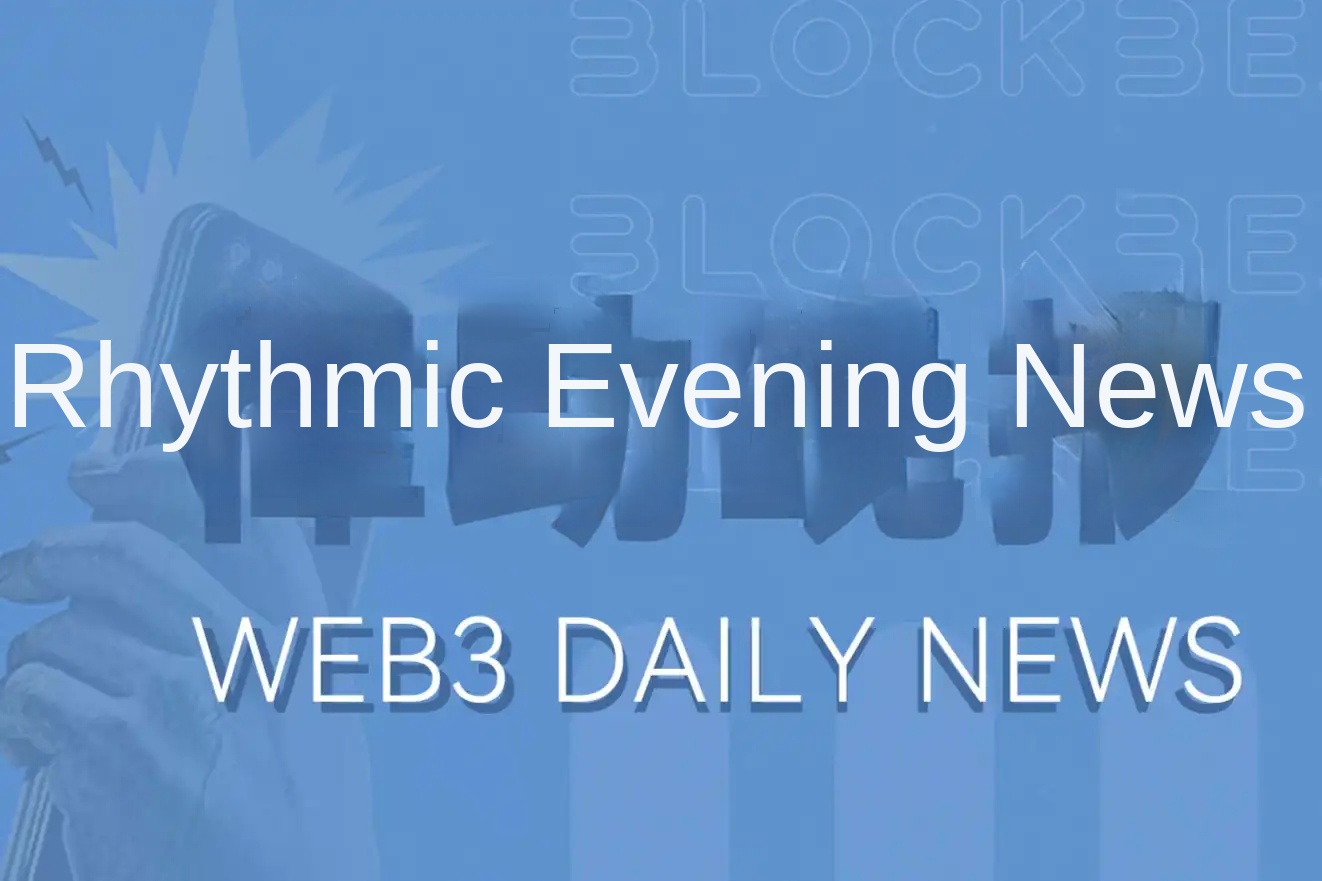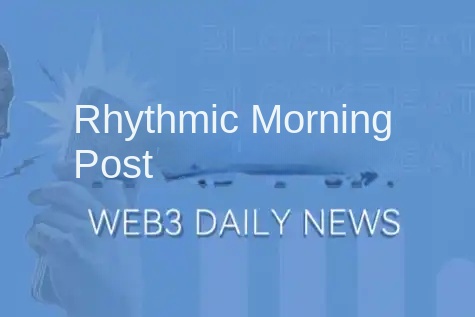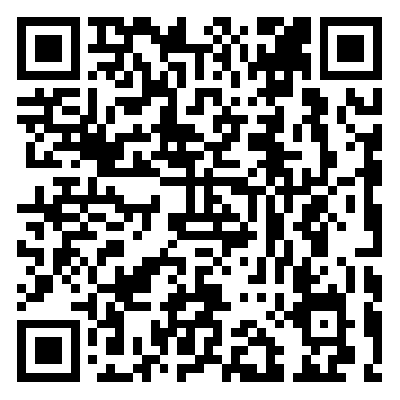The Road to a modular blockchain future: Rollups-as-a-Service revealed
The Road to the Future of Modular Blockchain: Rollups-as-a-Service Revealed
Source: Biteye

We've talked before about what millions of blockchains will look like in the future. Some will be general public chains, but the vast majority will be for specific applications, called app chains.
The emergence of modular blockchains, Ethereum's Rollup-centric vision, and Vitalik The centralization he acknowledges in his Endgame article for the sake of scalability almost makes this vision of the future inevitable.
So we come to the logical conclusion that there will be millions of modular chains for specific applications in the future - but how will they be built? By Rollups-as-a-Service (RaaS), of course!
Many application teams don't want to think about running infrastructure. Just as AWS abstracted the complexity of hosting servers, the RaaS project is doing the same for building and maintaining blockchains.
In the near future, deploying a new chain will be as simple as creating a new web page or expanding and shrinking an application, just like we do now with Docker containers and Kubernetes.
In the last six months alone, we've seen a lot of announcements about RaaS projects -- building a handful of code products for lightweight, configurable rollup.
Below I will present an exhaustive list of projects currently using modular blockchain solutions, known as RaaS.
01 Related project introduction
OG: Cosmos And Substrate
The Cosmos SDK and Substrate SDK have been around for many years, allowing developers to create their own sovereign chains (thus not technically modular) or, in the case of Substrate, by connecting to as parallel chains; Polkadot Relay chain to share security.
Alt-L1s (alternative L1)
Polygon And Avalanche Is a hot item for Alt-L1 narrative in early 2021. They built prototypes of modular frameworks: Polygon Edge and Avalanche subnets.
Most notably, Avalanche meets Crabada and DeFi Kingdoms and other games collaborated to create their own dedicated subnets.
Polygon extends the scope of Edge -- now called Polygon Supernets. With Supernet, the dApp team can leverage existing Polygon PoS Validator equity and creates a separate environment for a specific application.
Over time, Polygon Supernets will also provide dApp teams with the ability to create ZK rollups using Polygon ZK technology.
The Ethereum Maxis
Many L2 on Ethereum are thinking about what these rollups for specific applications will look like running on their networks, while Scroll, Fuel, Mantle, Boba, Metis, Consensys' zkEVM and Loopring This is conspicuously missing.
OPStack is Optimism Modular stack, is Base The architect behind it plays an important role in both Base and other branches, such as Minecraft games. They expect a hyperchain of shared collators to emerge, using shared collators to provide synchronization and atomicity between rollups.
The OP Labs team's vision is for RaaS L2s to be an "experimental layer" on top of Ethereum. For example, Ethereum developers can easily launch a new rollup to test new ERCs and EIP in production, rather than waiting for a full update of Ethereum L1, or even after other, more mature types of L2 have been updated (e.g.

Arbitrum AnyTrust and its first deployment for game optimization Nova is Arbitrum's modular solution, which allows for the use of Arbitrum's execution layer Nitro, with the ability to achieve data availability down the chain using DAC, and in the event of any problems with L2, Failover function that automatically transfers data to Ethereum L1 for processing.
Last week, along with the airdrop announcement, Arbitrum announced Orbit, a developer solution that can launch L3 on Arbitrum in the form of a full rollup or AnyTrust instance.
Paired with Stylus, Orbit allows developers to build applications using C, C++, and Rust, as well as EVM languages such as Solidity. Offchain Labs is expected to use L3 for rapid experiments, such as introducing new governance mechanisms, modifying Nitro, etc., which will be implemented using permissionless rollup operations.

Slush is built on top of StarkNet and provides an SDK to build zkVM L3 on top of StarkNet. Starkware came up with the concept of fractal extension and is credited with pioneering L3s.

zkSync Also thinking about fractal extensions and L3, which they call "Hyperchains." Hyperchains, using LLVM technology, is a fractal instance of zkEVM running on the L1 main network and can work in parallel. Interoperability across Hyperchain is achieved through common settlement on L1 main network.
Hyperchain can be deployed by anyone without a license, using a customizable modular zkEVM chain stack powered by the exact same zkEVM engine as the main zkSync L2. Developers can choose between different virtual machines (for example, MoveVM), different collator designs, and different data availability scenarios (zkRollup, zkPorter, and zkValidium).
In addition, the Matter Labs team has a vision for the future where execution environments on Hyperchains can become ephemeral or temporary. For example, you can quickly create a rollup to easily cast millions. NFT, which can then be passed to another execution layer and the temporary rollup closed.
Caldera had a vision for a one-click deployment modular chain, starting with the optimism of rollups. They have already featured online demonstrations of optimism rollups on the test Web, and have partnered with game clients such as Curio to begin construction on the main Web.

Stackr is still in its early days, but he is. ETH Global winner, and it looks promising. They want to be able to create "hybrid applications" with micro-rollup, giving rollup the freedom to execute, store data, and decentralize sufficiently.

Not much is known about Conduit at the moment, but it's related to OPStack, and they're working on a "one-click deployment" experience.
The Cosmonauts (Cosmos Eco Supporter)
The RDK of Dymension allows the creation of RollApps connected to the Dymension Hub on Cosmos. Dymension RollApps is built using the same tools as the Cosmos SDK, the main difference being that it replaces consensus free blockchain modules (i.e. no verifier transformation logic) and is expected to be more extensible than Vanilla Rollups, Because the bandwidth of data distribution will not be their bottleneck.
Dymension Hub will allow hub-style IBC connections between RollApps and other IBC-enabled chains, which not only benefits the user, but also increases Dymension Hub's status as an autonomous network.
(Note: Hub IBC connectivity is a way to enable cross-chain communication in the blockchain world. In a traditional hub, a set of wheels rotates around a central axis, with each hub connected to the central axis and no direct connections between hubs.
Just as in blockchain, each chain can only communicate with the main chain, but not with each other, the emergence of hub-like IBC connection changes this structure. This change allows different blockchains to achieve closer interoperability, reliable, secure, and efficient cross-chain communication through direct connection, providing a wider range of application scenarios for blockchain applications.)
Saga is an elastic block space platform that allows developers to deploy fully secure, decentralized "chainlets" on demand and take advantage of the security of their master verification node set.
Saga supports several underlying platforms for chainlets, including Cosmos appchains, Celestia rollups and Polygon Supernets. Like other RaaS projects, Saga focuses on gaming and supports whatever technology the industry needs.

Initia is a modular solution that is also attacking the gaming market. They utilize MoveVM as an execution layer, ZK proof, and Cosmos SDK for fast settlement and data availability.
Initia plans to refine their L1 ecosystem through what they call "The Lobby Thesis, which provides a platform for L2 projects to communicate and collaborate with each other," in order to combine and intersect L2, rather than just focus on L2 infrastructure.

Evmos plans to develop an Evmos SDK that will make it easy for developers to build and launch new chains of compatible EVM applications on Cosmos using Ethermint.
Berachain recently announced the launch of Polaris, a refactored blockchain framework that supports integration of Ethereum virtual machines with any consensus mechanism, including Cosmos SDK/Tendermint, among others. The team will also build additional developer tools and infrastructure to smooth building with Polaris -- such as the block browser and wallet.
Eclipse is building a Settlement Rollup that allows SVM and other VM execution layers to be built on top of it, using Cosmos and Polygon, and eventually other L1s for data availability.

(How Eclipse Works)
The Celestians
Celestia's (previously Rollmint and Optimint) Rollkit is a modular framework for creating Sovereign rollup or Optimism rollup (coming soon) with a modular data availability component.
Rollkit has a common Data Availability layer (DA layer) interface that can be plugged into any DA layer, including disputed integration with Bitcoin.
Astria is the Settlement rollup implementation layer that uses Celestia for data availability.
Fractal is a center of support and resources for building zkVM rollups.
Sovereign Labs is building Sovereign SDK for "Internet of Rollups" using any L1 for data availability and sorting, And using any LLVM compatible proving system, zk-proving (such as RiscZero or Nil Foundation) to create sovereign zk-rollups.
Other teams
Artesi is building "full stack" rollups using off-the-shelf tools such as the block browser and the MPC wallet.
Alt Layer focuses on creating "flash layers" for time-limited, short-term usage scenarios. These layers are temporary rollups of confidence. They're using the Substrate SDK.
Cartesi (not to be confused with Artesi) is creating a blockchain SDK for Optimism Rollup, with a Linux operating system that compiles to Risc-V.
Opside offers zk-rollups as a service, using its innovative "three-tier" platform.

02 Dap-chain team
We've now seen all the solutions that can make building modular chains easier, but who is actually building the new chains?
There are three main categories: Games, DeFi, and Creator economy.
game
Games are by far the most frequently mentioned RaaS project use cases - many of them focus solely on game use cases.
GameFi Has been a gold mine in the blockchain space, with "chains of games" appearing over the years, such as Efinity, Flow, Enjin, ImmutableX (first StarkEx, now on Polygon zkEVM), and other projects.
That makes sense. Games require completely different parameters than financial applications: lower security, higher throughput, higher storage capacity, and so on.
The RaaS project is entering the fray for Web3 games.
DeFi
More specifically, stand-alone financial applications.
Applications that do not require shared execution-level composability work well in a modular environment. For example, payment (Terra Chai) and derivatives (e.g. dydx, perps, structured products).
Creator economy
It's a bit of a composite term, but the Web3 Social, token gated, and community/social Token projects are also actively developing their own application-specific modular blockchains.
This also makes sense, as these applications are also self-contained and not plagued by the lack of composability that is currently agreed across chains.
03 A long way
I'm very bullish on using modular stacks and RaaS (Rollups-as-a-Service) solutions to spread blockchain technology.
However, I am also aware, as I have seen throughout my five years in cryptocurrency, that we are still in the very early stages.
Modular projects like Fuel, Celestia and zk rollups remain unlaunched. Most RaaS projects are still in alpha testing or have been manually configured for permission deployment.
Not to mention a new ecosystem for application protocol teams to consider deploying their own dapp chains. As it stands, building an application-specific modularity chain is not an easy task for any development team:
When you leave the shared state machine, connectivity and composability suffer.
Existing infrastructure, such as RPC endpoints, block browsers, and wallets, cannot be used directly, and running on your own infrastructure is expensive.
Mobility is fragmented and communities need to be built from scratch. No network strives to inherit the underlying foundation chain.
Finally, there is the nagging worry of whether this is just "digging and shoveling along the way."
(The "digging and shoveling" here refers to concerns and fears about cryptocurrencies and blockchain technology that the industry is simply doing the same thing over and over again, akin to gold miners digging and collecting gold during the gold Rush.)

In addition to powerful development tools, the space needs iconic applications that will bring a wave of new users into the next bull market.
They need to address the real user pain points that will be present in the future million-chain world: composability problems, cross-chain value movement or even complete abstraction of the chain.
04 Translator's summary
This paper examines the future development trend of blockchain technology, mainly referring to the concept of Rollups-as-a-Service (RaaS). The RaaS project is designed to provide development teams with a lightweight, configurable Rollup solution to help them quickly build and maintain an internal blockchain.
Similar to AWS in cloud computing, the RaaS project abstracts the complexity of the underlying infrastructure from developers, allowing them to focus on the development and operation of their applications.
The article lists various current solutions and projects in the RaaS space, mainly including:
Cosmos and Substrate: These platforms are the earliest blockchain development frameworks and have been evolving for many years. Their main feature is that they support the creation of autonomous chains and can be attached to the Polkadot Relay Chain as a parallel chain via the Substrate.
Polygon and Avalanche: These platforms were originally marketed as large-scale applications with modules such as Edge and Subnet to meet diverse business needs. Recently, they have also begun to support Supernet solutions, giving development teams the possibility to build custom. ZK Rollup.
Ethereum L2: Due to congestion and efficiency issues on the Ethereum network, a number of L2 projects are currently emerging to provide a more efficient and lower cost solution for the transaction and application scenarios of digital assets. For example, both Optimism and Arbitrum have launched their Rollup and L2 architectures to help developers quickly build applications on the Ethereum network and support a variety of scalability options.
Based on StarkNet's Slush, RollKit, Fractal and other blockchain projects, ZK Rollup has been taken as a core technology to explore faster, safer and more flexible Rollup application scenarios.
In fact, with the increasing number of digital asset application scenarios, hard fork and soft fork have been unable to meet the specific needs of various blockchain application scenarios.
The RaaS project came into being to help developers quickly build modular blockchains that can be expanded and upgraded on demand to provide efficient, secure and durable solutions for digital assets, gaming, social, DeFi and other scenarios.
Of course, there have been many blockchain projects and platforms planning to launch similar services before, but due to the lack of developers' ability and knowledge, the actual implementation of these plans faces many difficulties, so the solution of RaaS needs to be further developed and improved.
Original link
Welcome to join the official BlockBeats community:
Telegram Subscription Group: https://t.me/theblockbeats
Telegram Discussion Group: https://t.me/BlockBeats_App
Official Twitter Account: https://twitter.com/BlockBeatsAsia
 Forum
Forum OPRR
OPRR Finance
Finance
 Specials
Specials
 On-chain Eco
On-chain Eco
 Entry
Entry
 Podcasts
Podcasts
 Data
Data

 Summarized by AI
Summarized by AI







